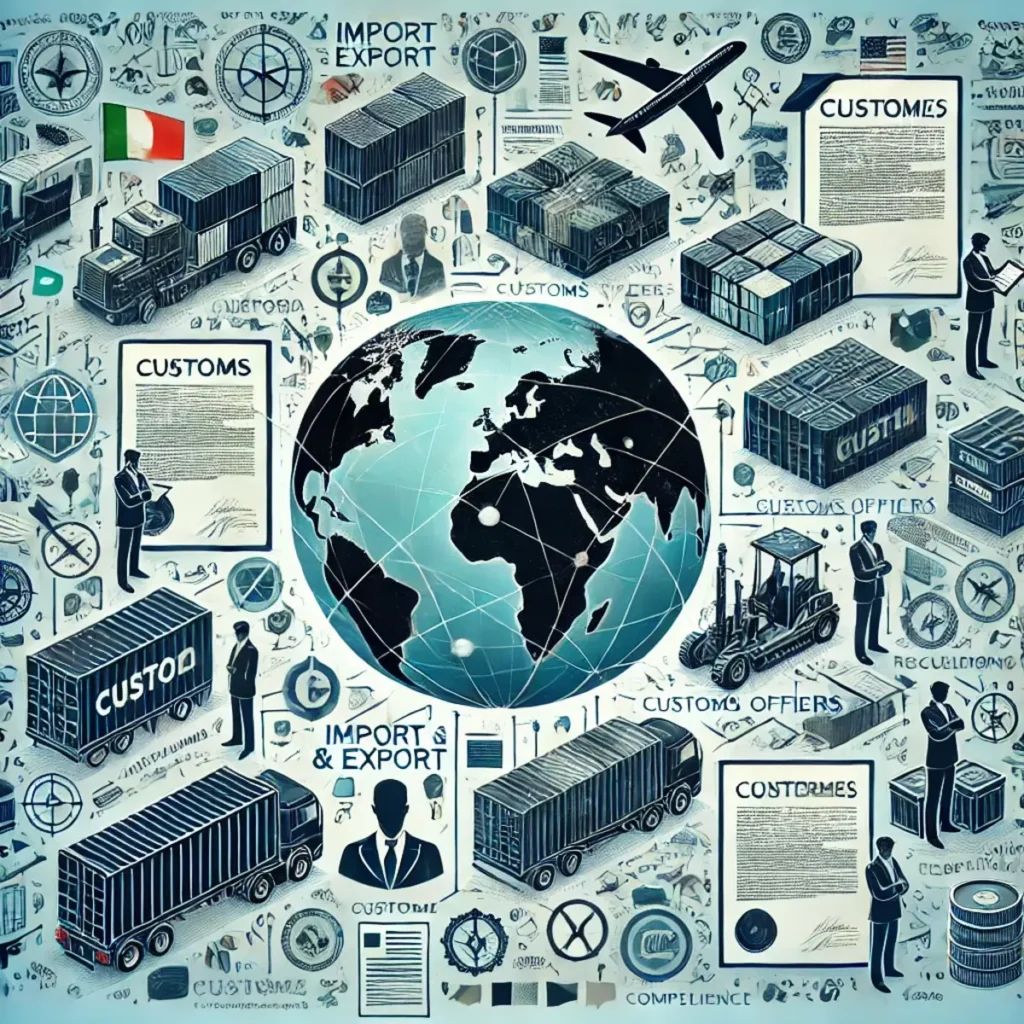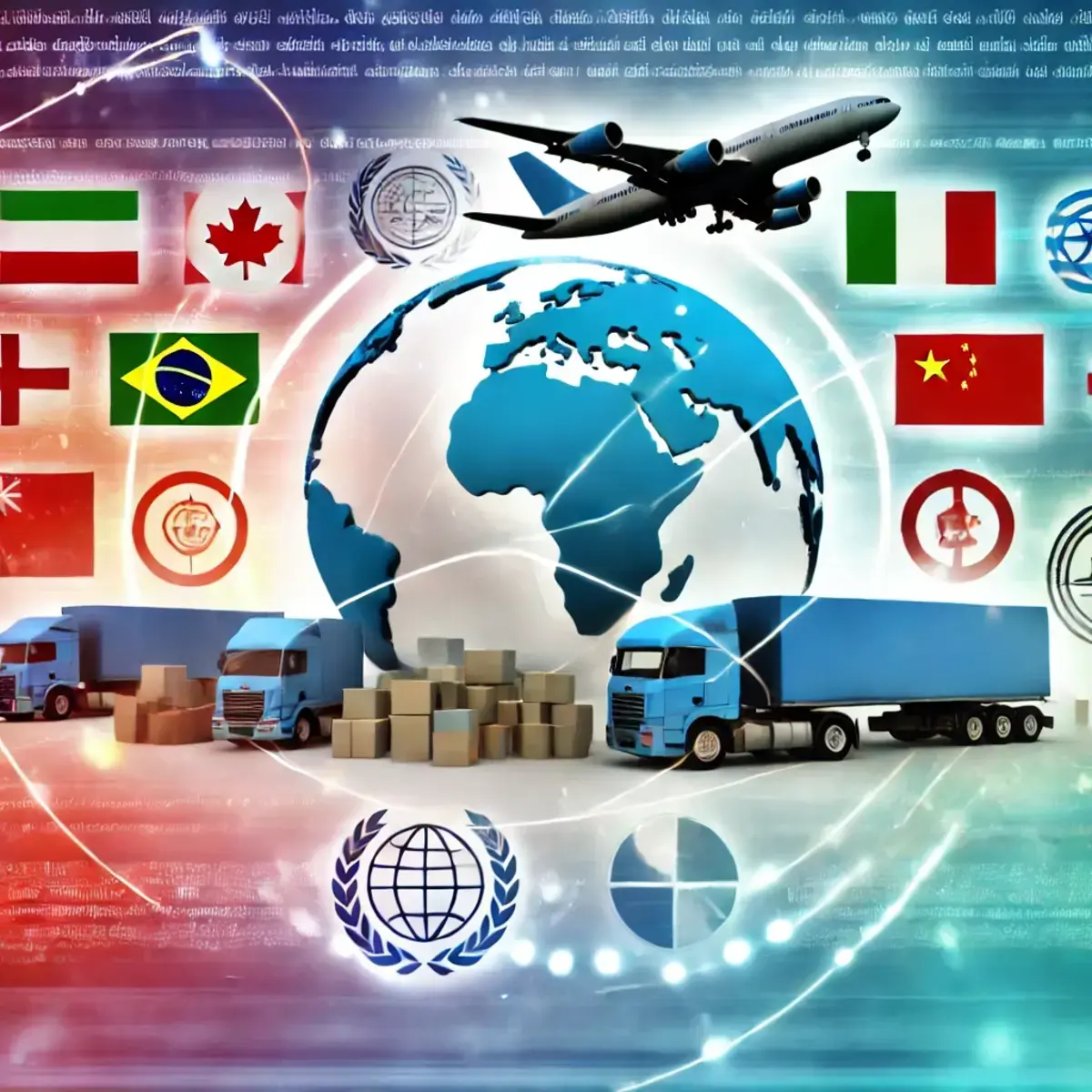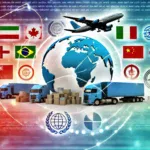Complying with import and export laws is fundamental for businesses engaged in international trade. These laws regulate the movement of goods and services across borders, ensuring legal compliance and fostering smooth global operations. This guide provides a comprehensive overview of how to comply with import and export laws in different countries, helping you navigate complex regulatory landscapes with confidence.
What Are Import and Export Laws?
Import and export laws are regulations established by governments to control the flow of goods and services into and out of a country. These laws aim to protect national interests, ensure public safety, and maintain economic stability.
Import and export laws encompass:
- Tariffs and Duties: Taxes imposed on imported and exported goods.
- Licensing Requirements: Permits required for trading specific products.
- Trade Agreements: Bilateral or multilateral agreements that facilitate trade between nations.
- Sanctions and Embargoes: Restrictions on trade with certain countries or entities.
For example, the Export Administration Regulations (EAR) in the United States control the export of dual-use goods, balancing commercial interests with national security concerns.

Why Is Compliance with Import and Export Laws Important?
Compliance with import and export laws is crucial for several reasons:
- Legal Obligations: Adhering to laws prevents legal penalties and sanctions.
- Financial Stability: Avoiding fines and ensuring smooth transactions protect your bottom line.
- Reputation Management: Compliance enhances your company’s reputation and builds trust with partners.
- Operational Efficiency: Streamlined compliance processes reduce delays and disruptions in the supply chain.
For instance, U.S. Customs and Border Protection (CBP) enforces import regulations, ensuring that all goods entering the United States meet legal standards.
How Do Import and Export Laws Vary Between Countries?
Import and export laws differ significantly across countries, influenced by each nation’s economic policies, security concerns, and international agreements.
Key Variations Include:
- Tariff Structures:
- United States: Implements a complex tariff system managed by the U.S. International Trade Commission (USITC).
- European Union: Uses the Common External Tariff (CET) for all member states.
- Licensing Requirements:
- China: Requires export licenses for technology and high-value goods.
- Canada: Mandates import licenses for agricultural products to ensure safety standards.
- Trade Agreements:
- North American Free Trade Agreement (NAFTA): Facilitates trade between the U.S., Canada, and Mexico by reducing tariffs.
- Trans-Pacific Partnership (TPP): Enhances trade relations among Pacific Rim countries by lowering trade barriers.
- Sanctions and Embargoes:
- United States: Enforces sanctions through the Office of Foreign Assets Control (OFAC), targeting countries like Iran and North Korea.
- United Kingdom: Imposes embargoes via the Office of Financial Sanctions Implementation (OFSI), focusing on regions with political instability.
Understanding these variations is essential for businesses operating internationally, as non-compliance can result in significant penalties and operational disruptions.
What Are the Steps to Ensure Compliance with Import and Export Laws?
To comply with import and export laws, businesses should follow these essential steps:
- Understand Relevant Regulations:
- Identify the specific laws governing your products in each target country.
- Utilize resources like the World Trade Organization (WTO) and national trade portals for up-to-date information.
- Obtain Necessary Licenses and Permits:
- Secure import/export licenses from appropriate authorities such as the U.S. Department of Commerce or the European Commission.
- Ensure all documentation is accurate and submitted timely to avoid delays.
- Classify Your Goods Correctly:
- Use the Harmonized System (HS) codes to accurately classify your products, determining applicable tariffs and regulations.
- Incorrect classification can lead to fines and shipment delays.
- Conduct Due Diligence:
- Implement a risk-based approach to assess potential compliance issues.
- Verify the legitimacy of partners and suppliers to prevent involvement in illegal activities.
- Maintain Accurate Records:
- Keep detailed records of all transactions, including invoices, shipping documents, and correspondence.
- Proper documentation is crucial for audits and resolving disputes.
- Train Your Team:
- Educate employees on the importance of compliance and the specific requirements of different markets.
- Regular training ensures that your team stays informed about regulatory changes.
- Utilize Technology:
- Implement compliance management software to streamline processes and reduce the risk of human error.
- Tools like SAP Global Trade Services can help manage complex regulatory requirements efficiently.
For example, DHL Global Forwarding uses advanced software solutions to ensure compliance with diverse international trade laws, enhancing their operational efficiency and reliability.
How Can Businesses Mitigate Risks Associated with Import and Export Compliance?
Businesses can mitigate risks related to import and export compliance by adopting the following strategies:
- Implementing a Risk-Based Approach:
- Focus resources on high-risk areas, such as goods subject to stringent regulations or trading with high-risk countries.
- Enhancing Supply Chain Transparency:
- Use tools like country-of-origin verification to trace the origins of your products, ensuring compliance with local laws.
- Establishing Robust Compliance Programs:
- Develop comprehensive compliance frameworks that include policies, procedures, and regular audits.
- Engaging with Legal Experts:
- Consult with legal professionals specializing in international trade to navigate complex regulations effectively.
- Leveraging Technology:
- Utilize software solutions for tracking and managing compliance obligations, reducing the likelihood of human error.
For instance, Siemens AG employs a “full spectrum supply chain due diligence” approach to identify and address potential compliance issues proactively, ensuring adherence to international trade laws.
What Are the Common Challenges in Complying with Import and Export Laws?
Complying with import and export laws presents several challenges:
- Complexity and Variability:
- Regulations differ between countries and can be highly intricate.
- Staying informed about changes, such as updates to the EAR or Sanctions Regulations, is essential.
- High Compliance Costs:
- Implementing necessary measures can be expensive, particularly for small and medium-sized enterprises (SMEs).
- Costs include obtaining licenses, training staff, and investing in compliance software.
- Supply Chain Disruptions:
- Regulatory changes can lead to delays and interruptions in the supply chain.
- For example, unexpected tariffs can increase costs and affect product pricing.
- Data Management:
- Managing and securing vast amounts of compliance-related data can be challenging.
- Accurate country-of-origin verification requires robust data systems.
- Lack of Expertise:
- Navigating international regulations requires specialized knowledge.
- Businesses may struggle to find qualified personnel or partners with the necessary expertise.
Addressing these challenges requires a strategic approach, combining effective risk management, continuous education, and leveraging technology to streamline compliance processes.
How Do Import and Export Laws Impact Supply Chain Management?
Import and export laws significantly influence supply chain management by enforcing standards and practices that ensure compliance and ethical operations. Here’s how:
- Supplier Selection and Monitoring:
- Regulations necessitate thorough vetting of suppliers to prevent association with illegal activities.
- Companies enforce a vendor code of conduct to monitor their sub-suppliers, promoting ethical practices.
- Supply Chain Transparency:
- Enhanced transparency through country-of-origin verification helps trace the source of materials and products, ensuring compliance with local laws.
- Risk Mitigation:
- Implementing a risk-based approach allows businesses to identify and address potential compliance issues proactively.
- Operational Adjustments:
- Compliance may require changes in logistics, sourcing, and inventory management to adhere to regulations.
- Cost Management:
- Balancing compliance costs with operational efficiency is crucial to maintain profitability.
For example, Maersk Group utilizes advanced tracking systems to ensure compliance with international trade laws, maintaining transparent and efficient supply chains to avoid penalties and ensure smooth operations.
What Are the Future Trends in Import and Export Laws?
Import and export laws are continually evolving to address emerging global challenges. Future trends include:
- Increased Focus on Sustainability:
- Regulations will increasingly emphasize environmental sustainability and ethical sourcing, promoting responsible business practices.
- Enhanced Digital Trade Rules:
- As e-commerce grows, regulations will adapt to support digital transactions and protect data privacy, fostering a secure online trading environment.
- Strengthened Anti-Fraud Measures:
- Governments will implement robust measures to combat fraud, counterfeit goods, and illicit trade, enhancing market integrity.
- Greater Collaboration Among Nations:
- International cooperation will enhance the harmonization of trade regulations, simplifying compliance for businesses and fostering global partnerships.
- Advancements in Technology for Compliance:
- Emerging technologies like blockchain and AI will improve supply chain transparency and compliance monitoring, driving innovation and efficiency.
Staying abreast of these trends enables businesses to anticipate regulatory changes and adapt their strategies accordingly, ensuring sustained compliance and a competitive advantage.
Complying with import and export laws requires a comprehensive understanding of the legal landscape, proactive risk management, and a commitment to ethical practices. By implementing robust compliance programs, leveraging advanced technology, and staying informed about regulatory changes, businesses can effectively manage their international operations and capitalize on global opportunities.
Take the next step by reviewing your current trade practices and ensuring they align with the latest import and export laws. For more detailed information, [Insert link to relevant article on International Trade Compliance Strategies].
References:
- U.S. Department of Commerce – Bureau of Industry and Security (BIS)
- U.S. Customs and Border Protection (CBP)
- Export Administration Regulations (EAR)
- Office of Foreign Assets Control (OFAC)
- World Trade Organization (WTO)
- European Commission – Trade
- Maersk Group Official Website
- Siemens AG Official Website
- DHL Global Forwarding Compliance Resources

Jonathan Hartley is a highly regarded senior criminal lawyer with over 15 years of experience in the UK legal system. He began his career at a prestigious law firm in London, where he specialized in both defense and criminal law. Known for his ability to craft compelling defense strategies, Jonathan has successfully represented clients in high-profile cases and earned multiple awards for his contributions to the field of law.
In addition to his legal practice, Jonathan is also an accomplished legal writer, contributing articles to top legal blogs and online platforms. His work not only provides valuable insights into legal matters but also meets Google’s E-E-A-T standards by delivering accurate, reliable, and trustworthy information to readers. Committed to legal ethics and public welfare, Jonathan actively participates in discussions on law and justice while educating the public through his writing.










